|
Saint John the Evangelist is a popular figure in medieval embroidery. He is often present on the more elaborate vestments with multiple figures. Small wonder that some of these "Johns" look pretty identical. After all, there is only so much variation in depicting a figure that needs to be instantly recognisable. Almost like a caricature. Furthermore, it is likely that designs and prickings were used more than once. Today we are going to look at two Johns kept in Museum Catharijne Convent in the Netherlands. Some scholars have argued that they were made by the same workshop with the same design drawing or even the same pricking. However, I am no longer so sure. These are the two Johns. On the left, is a loose figure which is part of an orphrey. And on the right is a complete orphrey which is part of a dalmatic. It is also one of only four orphreys that historical sources identify as being made in AD 1504 by (the workshop of) master embroiderer Jacob van Malborch working in Utrecht between AD 1500-1525. Being able to connect the other John to this famous embroidery master or his workshop is somewhat important. As there are many different aspects to the comparison of the two Johns, I am only going to compare the design drawing in this blog post. Future posts will examine the actual stitching. Making tracings from the original embroideries and placing them on top of each other is sometimes done in the literature to prove the use of the same design and/or pricking and thus the production in the same workshop. Minor differences between tracings are always explained by the "uncertainties in the steps of copying" between the different stages of pattern transfer:
- copying the design from a model book onto the medium that will become the pricking (how well does the copyist follow the lines of the original?) - pricking the holes of the pricking (how well does the pricker follow the lines?) - rubbing pounce powder through the holes of the pricking (did the pricking move?) - connecting the pounce dots with paint (which decisions were made by the painter?) - the actual embroidering (skill of the embroiderer) Theoretically, you can end up with very different results when the same design drawing or even the same pricking is being used. But what are minor differences and when are differences too large that they can no longer be explained by the "uncertainties in the steps of copying"? Are the above tracings proof of the use of the same design drawing and/or the same pricking? Were both embroideries made by the same workshop? Firstly, let me explain how these tracings were made. My husband used CAD software and the high-resolution pictures available from the online catalogue of Museum Catharijneconvent. He then made both drawings the same length, whilst keeping their proportions. He also tilted them somewhat to achieve the best fit. Not ideal. But remarkably similar to the tracings which were made by curators of Museum Catharijneconvent from the original pieces. They encountered a problem too, which made their tracings not ideal either: the loose figure could be traced flat whilst the figure on the dalmatic needed to be traced whilst hanging. As the professional pictures in the online catalogue were likely all corrected for perspective distortion by referencing with actual measurements (common practice in archaeology), they are probably better to use as tracings than the original embroideries. When you now look at the two tracings it becomes immediately clear that some parts of especially the top half of the Johns are quite similar. Other parts differ more greatly. The faces are different, especially the placement of the eyes and the extend of the hair. And whilst the bottom seam of his clothing and his foot match, there is no way that the bottom half of the clothing and the folds can be made to fit. When I used the same pricking for the 30 little stars I painted onto silk twill fabric for my recent online workshops for the Diocesan Museum Bamberg, I did not end up with differences of this magnitude. I am therefore pretty sure that we can rule out the use of the same pricking. But what about the use of the same design drawing? I am pretty sure that the same model book was being used. Unfortunately, none are left to us and we have no idea what these model books looked like. Contrary, prickings and design sketches have survived as backing of these embroideries. I can imagine that from a smaller picture in a model book, the embroiderer made a design drawing the size of the desired embroidery (not all orphreys have the same size and thus the figures needed to be drawn taller/shorter, wider/thinner). By using a grid, it is easy to transfer a design to the desired proportions. And whilst you need to be quite precise whit the detailed parts of the design (upper part of John), you could probably fudge the simpler bottom a bit to speed the process up. This might explain the differences in the tracings. So, not the same workshop? Who knows. Normally, you would keep your pricking for future use. After all, paper or parchment was expensive and making the thing was labour intensive. However, prickings are fragile. They don't last forever. Maybe a new design drawing and a new corresponding pricking was made from the same copy of the model book in the same workshop. We will probably never know. In my eyes, the tracings cannot be used to support the theory of the same workshop beyond a doubt. But what we really need is a test. At some point, I will set up a workshop in which all students will use the same complex pricking. After all the embroidery is done, we will compare the outcome. In this way, we will know the margins of error when the same pricking is being used by embroiderers of different ability. P.S. this series of blog articles on the Johns from Utrecht are inspired by a mail thread between me and art historian Stephan Kuhn. He wrote his MA-thesis on the vestments of St Martin in Emmerich. Presently, he is working on his doctoral thesis, but hopes to return to the Emmerich vestments with a proper paper.
6 Comments
Marina Berts
7/6/2021 13:47:14
How fascinating - and the experiment sound really interesting! I didn't know that there were model books for saints, though.
Reply
7/6/2021 14:13:14
That's the problem, Marina. We have no idea what these model books looked like as none have survived to the present day. But given the similarities between figures (i.e. Johns of identical type, but also Barbaras dressed up as Mary Magdalenes or one bishop morphing into another) there must have been some sort of a common source. For a better name, I call that a model book.
Reply
Melody Mcmath
7/6/2021 18:23:43
Sign me up for the experiment!
Reply
Linda Hadden
7/6/2021 19:36:05
Fascinating, I would like to be part of the experiment too if possible.
Reply
Your comment will be posted after it is approved.
Leave a Reply. |
Want to keep up with my embroidery adventures? Sign up for my weekly Newsletter to get notified of new blogs, courses and workshops!
Liked my blog? Please consider making a donation or becoming a Patron so that I can keep up the good work and my blog ad-free!
Categories
All
Archives
July 2024
|
Contact: info(at)jessicagrimm.com
Copyright Dr Jessica M. Grimm - Mandlweg 3, 82488 Ettal, Deutschland - +49(0)8822 2782219 (Monday, Tuesday, Friday & Saturday 9.00-17.00 CET)
Impressum - Legal Notice - Datenschutzerklärung - Privacy Policy - Webshop ABG - Widerrufsrecht - Disclaimer
Copyright Dr Jessica M. Grimm - Mandlweg 3, 82488 Ettal, Deutschland - +49(0)8822 2782219 (Monday, Tuesday, Friday & Saturday 9.00-17.00 CET)
Impressum - Legal Notice - Datenschutzerklärung - Privacy Policy - Webshop ABG - Widerrufsrecht - Disclaimer
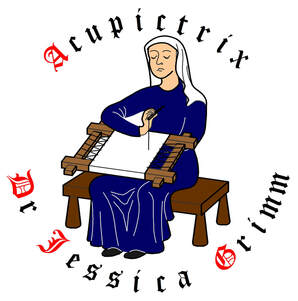
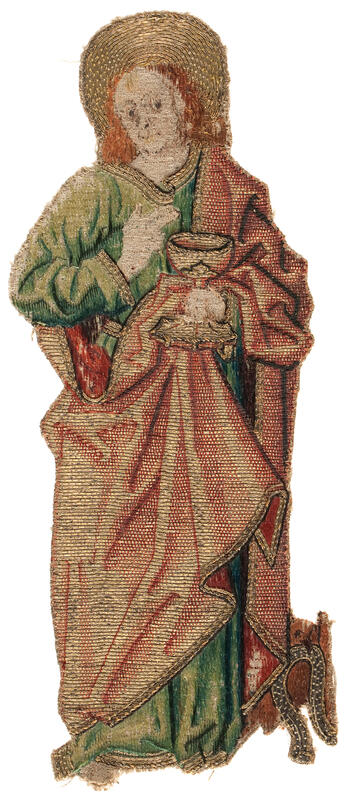
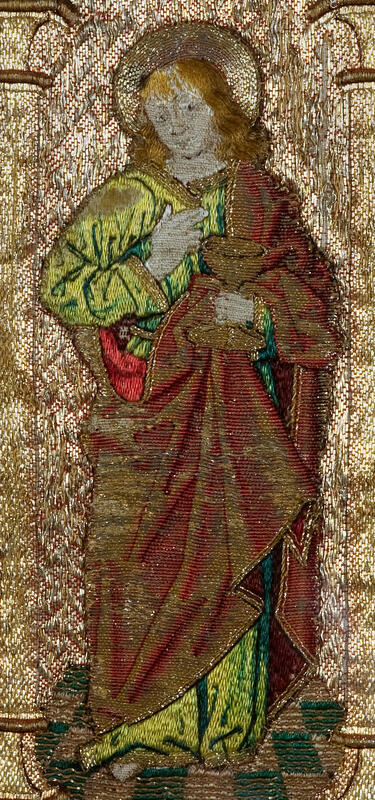
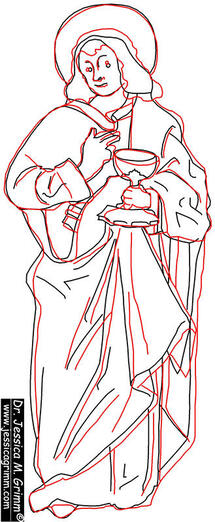
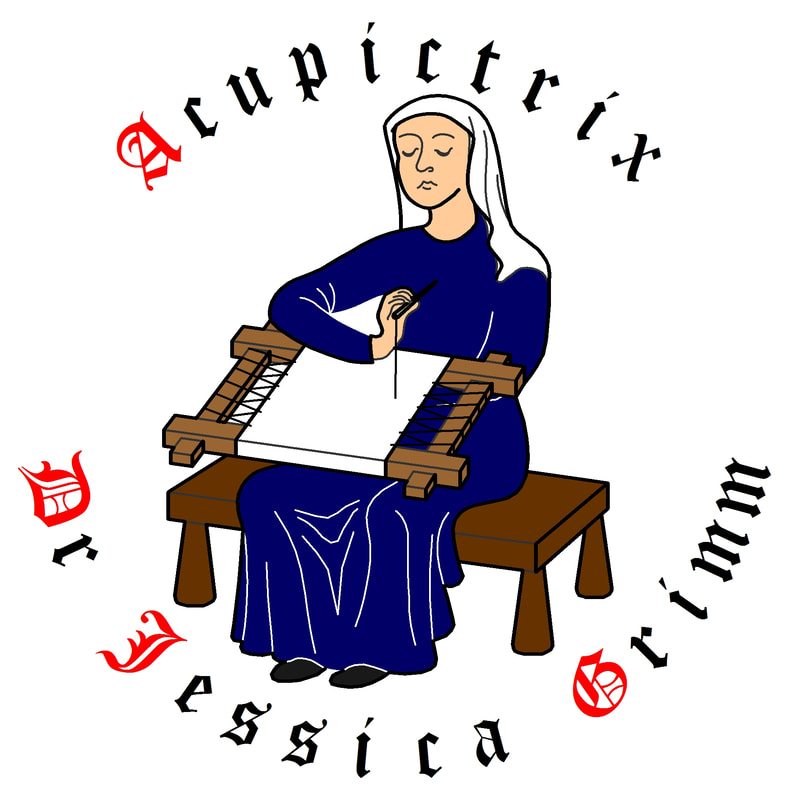


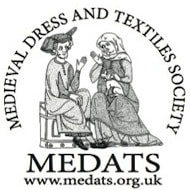
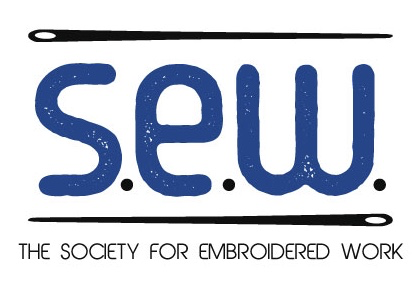
 RSS Feed
RSS Feed